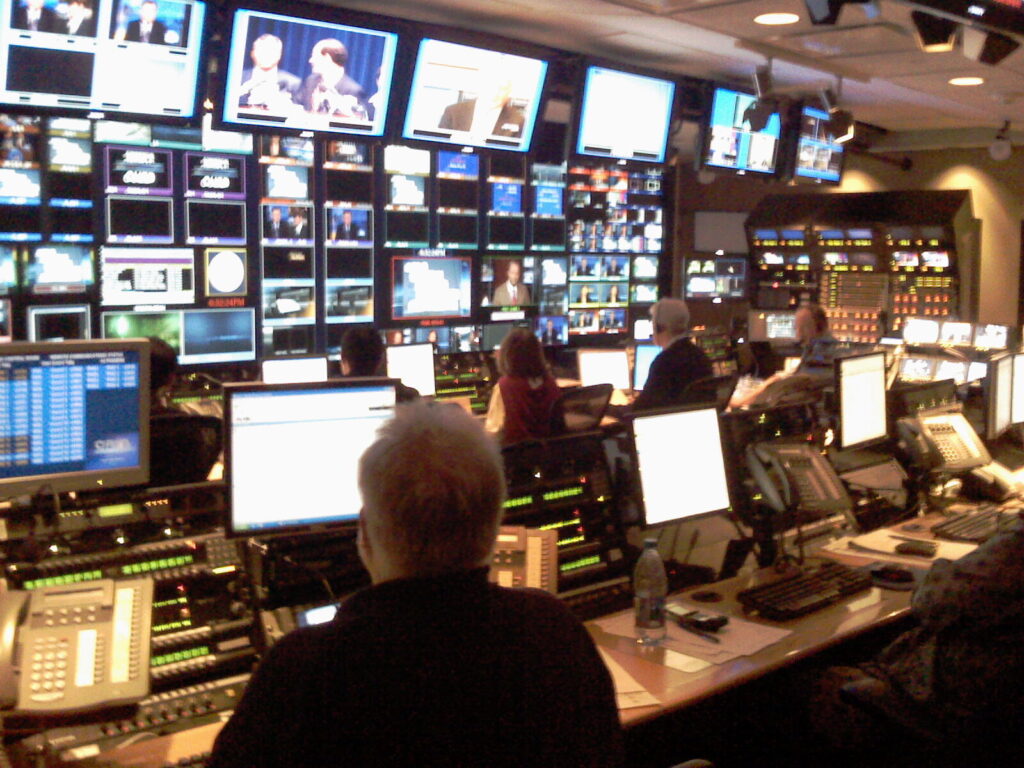
For years, live and up-to-the-minute coverage of news and events has been both essential to capturing viewers’ attention and very expensive to produce. In today’s multimedia world, this is more important than ever, as nothing drives viewers to a TV station’s social media feed like breaking news and live footage of current events.
Traditionally, TV stations send a live truck, which usually transmits by satellite or microwave, to the scene of breaking news or a large local event. Live trucks are expensive themselves, costing in the six figures in most cases, and maintenance/repairs aren’t cheap either. They’re also large and stuffed full of heavy equipment, making fuel expenses a monthly drain. Insurance isn’t cheap, and one accident can send rates through the roof.
Remote Production Improves Efficiency and Lowers Costs
For all of these reasons, most local stations can only afford one, maybe two live trucks. Stations in larger markets may be able to afford more, but they often have more breaking news to cover at one time. Both big and small stations sometimes have to decide which newsworthy event they won’t cover live.
Aside from the costs of operating a live truck, they’re problematic in other ways. Because of the vehicle’s size, it often takes a long time just to find an appropriate parking space that isn’t in some other station’s way, or breaking some sort of local ordinance. More than one news team has discovered that by the time they parked the live truck and set up the equipment, it was too late to cover the event live and they might as well just get video and return to the station.
Enter Remote Production
Remote production uses either dark fiber or IP circuits to send multiple signals back to the station with a high level of security and efficiency. According to a recent IABM article, dark fiber in particular is useful for transmitting large amounts of high-resolution, uncompressed video, something that would be expensive and slow to upload via a data plan or most wifi connections. It does so with very little loss of data, so video quality isn’t compromised, making it an ideal form of transmission for television.
When dark fiber isn’t available, telco-improvised IP circuits can be substituted. With the right amount of bandwidth and number of circuits, efficiency can be similar to that of dark fiber. IP links are scheduled by bandwidth, allowing station’s to send back multiple video feeds at once. Like dark fiber, they require less equipment and fewer personnel to operate.
Saying Goodbye to the Conventional Live Truck?
Some broadcasters have found remote production to be so successful, they no longer need to use cumbersome, gas-guzzling live vehicles (or they only do so occasionally). By multiplexing camera and microphone outputs onto one dark fiber circuit, reporters and production assistants can quickly send footage back to the station’s servers, where it can be edited in a fully functional edit bay.
An edit bay at the broadcaster’s central location, with access to a wide variety of equipment and knowledgeable team members, is a better place to pack a story than a cramped live truck with limited resources, where production team members might be distracted by other duties. Plus, the reporter and other personnel aren’t scrambling to produce a package and beam it back to the station, while also trying to prepare for a live shot. This improves the production of live coverage as well as edited footage that runs later.
Possible Concerns
According to a recent IABM article, despite its advantages, some industry insiders worry that remote production has a downside. One possible problem is that the people editing the package back at the station may not have quite the same grasp of the event as the reporters who are actually there. Commentary from the reporter can give the station’s editors, as well as the viewers, a better understanding of what’s going on at the scene. The fact that reporters and photographers are free to continue covering the story also helps them to gain more insight that they can pass on to colleagues back at the home base.
Significant Cost Savings and Improved Efficiency
Not only do packages turn out better when produced at the broadcaster’s home base, but not struggling to piece together a package in a cramped live truck frees up reporters, photographers and production staff to continue covering the news or event. Meanwhile, the broadcaster saves money on transportation, fuel costs, and maintenance on the truck.
The station is also usually able to send fewer production personnel to the event. A recent TVNewsCheck article describes how a European broadcaster sent 200 people to the 2008 Beijing Olympics in order to cover the event live. But with remote production capabilities, in 2012 they were able to send only 40 people to London to cover that year’s Olympics.
[su_note]Learn more about the School of Broadcast Journalism at the New York Film Academy by clicking here.[/su_note]
